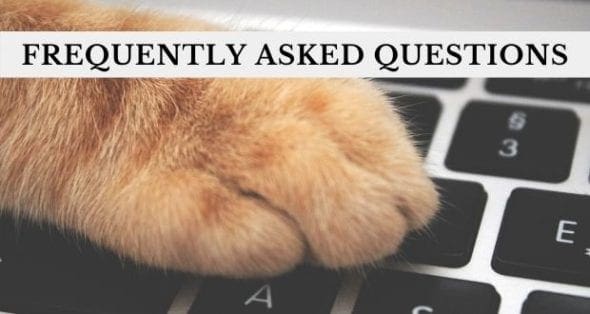
I’m having a behavior problem with my cat. Can I email Pam for an answer?
Unfortunately, Pam can’t offer free behavior advice through email. You can find lots of information in the articles section of our website. You can also find Pam’s step-by-step behavior techniques in her best-selling books. If your cat is displaying a change in behavior, please contact your veterinarian because there may be an underlying medical cause. After medical causes have been ruled out, your veterinarian can provide you with a referral to a behavior professional.
Can I set up an appointment with Pam for a behavior consultation?
Pam is no longer accepting new clients for consultations. Contact your veterinarian for a referral to a certified behavior expert.
How do I find qualified help for my cat?
It’s very important to seek help from a qualified professional in the field. Start by having your cat examined by the veterinarian. After potential underlying medical concerns have been ruled out, your veterinarian can provide a referral to a qualified behavior professional such as a veterinary behaviorist, certified applied animal behaviorist or a certified cat behavior consultant.
Where can I buy Pam’s books?
Pam’s best-selling books are available at bookstores and online. We’ve included a link to Amazon here on our website.
Can I contact Pam about speaking at our event?
Pam does a number of public speaking engagements. Visit our contact page to ask about fees and availability.
May I reprint one of your articles on my website?
Articles may not be reprinted on other websites but we always appreciate links to our website if there is an article you’d like to point to on your own site.
 Problem Solving & Advice by Pam Johnson-Bennett Cat Behavior Expert & Best-selling Author
Problem Solving & Advice by Pam Johnson-Bennett Cat Behavior Expert & Best-selling Author
